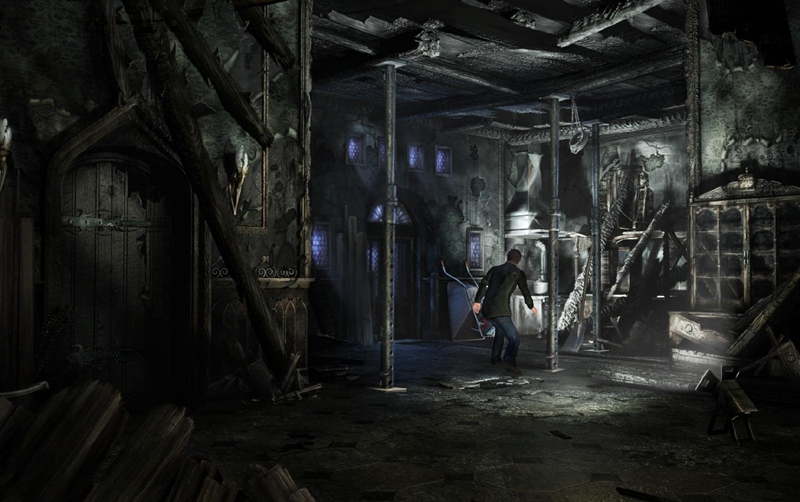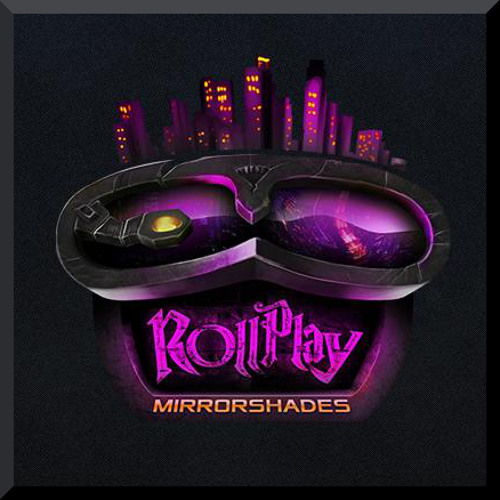

By arranging these two characteristics as orthogonal axes, we obtain a matrix that categorizes a form of posthumanism into one of four quadrants or as a hybrid posthumanism spanning all quadrants. The framework asserts that a given form of posthumanism can be classified: 1) either as an analytic posthumanism that understands ‘posthumanity’ as a sociotechnological reality that already exists in the contemporary world or as a synthetic posthumanism that understands ‘posthumanity’ as a collection of hypothetical future entities whose development can be intentionally realized or prevented and 2) either as a theoretical posthumanism that primarily seeks to develop new knowledge or as a practical posthumanism that seeks to bring about some social, political, economic, or technological change.

In this text, we seek to bring greater clarity to this discussion by formulating a novel conceptual framework for classifying existing and potential forms of posthumanism. Such phenomena differ widely in their subject matter, purpose, and methodology, raising the question of whether it is possible to fashion a coherent definition of posthumanism that encompasses all phenomena thus labelled. The term ‘posthumanism’ has been employed to describe a diverse array of phenomena ranging from academic disciplines and artistic movements to political advocacy campaigns and the development of commercial technologies. Proposing an innovative model of reading through gestalt psychology, this book will be of key importance to scholars and students in the medical humanities, posthumanism, literary and cultural studies, dystopian and utopian studies, and psychology.


Tracing a trajectory over Gibson’s work that brings him from an emphasis on the visual that elevates the human over posthuman entities to a perspective based on touch, a truly posthuman understanding of humans as networked with their environments, she argues for connections between the visual and the posthuman that have not been explored elsewhere, and that have implications for future work in posthumanism and the arts. By identifying cyberpunk ways of seeing with cyberpunk ways of being, the author shows how a visual style is crucial to cyberpunk on a philosophical, as well as on an aesthetic, level. Connecting his relational model of ‘gestalt’ psychology and imagery with that of the posthuman networked identities found in cyberpunk, the author draws out relations with key cultural moments of the last 40 years: postmodernism, posthumanism, 9/11, and the Anthropocene. This book traces developments in cyberpunk culture through a close engagement with the novels of the ‘godfather of cyberpunk’, William Gibson.


 0 kommentar(er)
0 kommentar(er)
